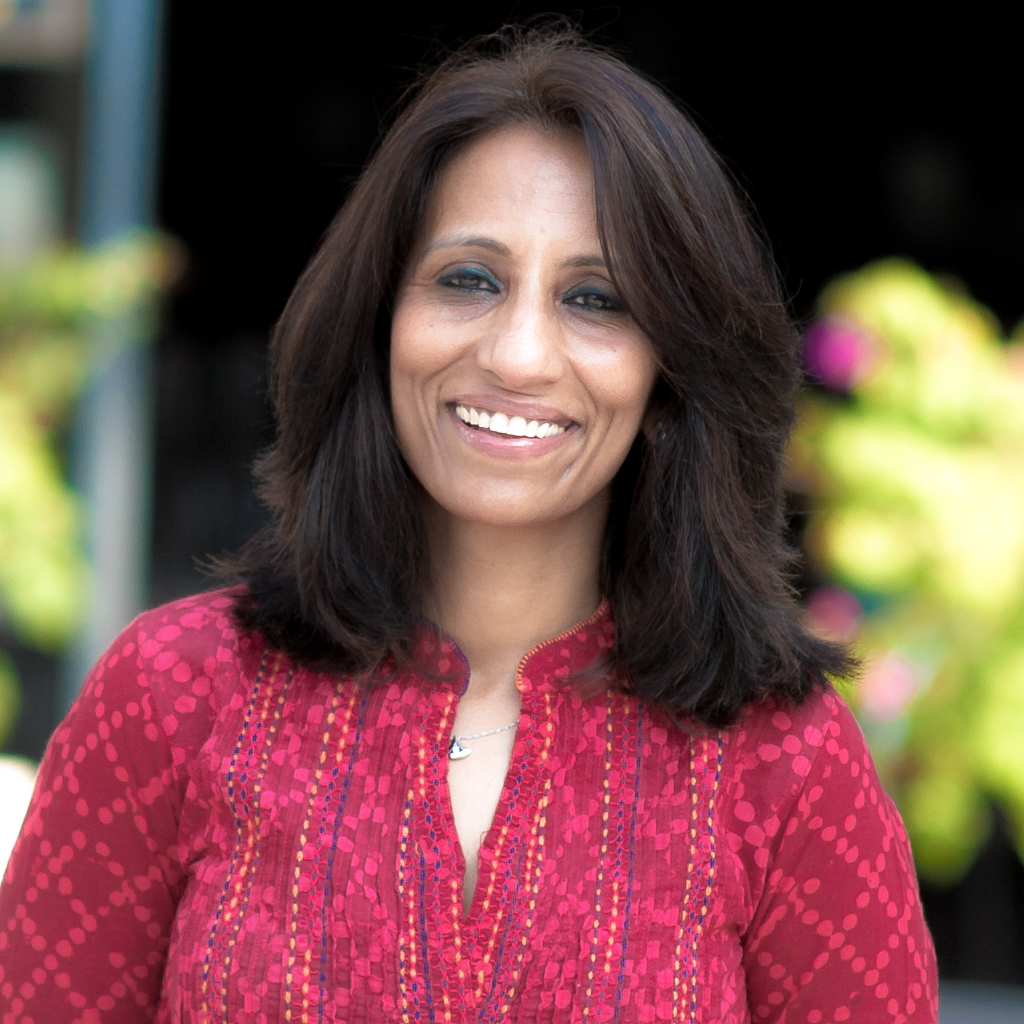Over the years, marriage has taken on many forms, constantly changing as society evolves. The transitions all but added to the charm of marriage, helping it retain its essence of being one of the strongest bonds between two humans.
Among Indians, culture dominates several aspects of an individual’s life, and marriage is one of them. The shift in people’s mindsets is a crucial instrument in giving a new meaning to the concept of marriage.
The Parents’ Hand in Marriage
Marriage has always been a family affair in India, making it essential for parents to be wholly involved in the process. In 2016, almost 84% of marriages were decided by the couple’s families.
Around 25 years ago, parents would search for potential “candidates” suitable for the family according to their social and financial status, appearance, lifestyle, caste, and community. Meanwhile, young men and women had little to no room for negotiation when choosing a life partner for themselves.
But now, while parents are still an integral part of the equation, urban Indians takes a more lenient approach to marry by self-choice. Gradually, the older generation understands how essential it is for the couple to be compatible before going ahead with the marriage.
An Independent Urban Girl
Until 25 years ago, marriage was considered a giant step in a woman’s life. Tears of sadness would flood the vidayi ceremony as it marked the woman’s transition into a new phase of adaptability.
The years of conditioning leading up to marriage taught the woman to give everything to her husband’s house. Even visiting her parents would require permission from the in-laws. Thus, countless brides were subject to societal expectations of becoming obedient wives and daughters-in-law.
With time, a wedding became more of a celebration than a barter between families. Both parties enjoyed the union as one of love, sealing it with extravagant ceremonies and wedding hashtags to glorify the special day.
The urban girl is now independent, self-sufficient, and capable of standing her ground. Moreover, the families respect the decisions taken by the couple without the interference of societal norms.
A Failed Marriage
Around 20 years ago, India’s divorce rate was a mere 5% owing to the stigma surrounding the failure of marriages. As a holy union, marriage leads to expectations from the spouses to endure all problems that might arise. Additionally, the shame of being a divorcee discouraged many unhappy couples from choosing the option.
However, divorce is not as much of a taboo anymore. With the stigma slowly lifting, couples find it easier to own up to their divorce. Factually, the partners’ decision to discontinue the union after trying to work out their differences is now readily accepted in modern-day society.
Challenging Toxic Standards
There was a time when the thought of a man living with his wife’s family was scandalous. So was being shorter than her, earning lesser, or being a stay-at-home husband. At the time, marriage came with a checklist of patriarchal must-haves for the girl and the boy. He had to be the man of the house, providing for his family and being the sole caretaker of his wife and children.
Fortunately, society has come a long way to accept the degree of like-mindedness and mutual care between couples as a few parameters for judging whether it is a suitable pairing or not.
The Question of Having a Child
Earlier, a married couple was expected to birth a child within the first 12 to 18 months of marriage. If not, they were pestered by both sides of the family, forced to rethink their decision of not having a child. Further, adopting a child was even more pitiful.
Today, the collective perception of child-bearing and adoption has changed to be more accepting of both options. Most couples can now plan without shame about how and when they want to have a child.
Overcoming Challenges as a Team
25 years ago, the challenges faced by a married couple, be it emotional or social, were brushed aside without resolving, which led to relations souring with each passing year. It was more a matter of emotional suppression that was never tended to or let out.
Today, couples therapy is a channel that many partners choose to work on their relationship together and strengthen it along the way.
Who Controls the Finances?
Several years ago, men and women had specific roles within the family. The man would earn, and the woman would care for the household.
As times changed, the boundaries caging the husband and wife to set characteristics started loosening. The woman is now financially independent while the man contributes to household responsibilities.
Verdict
The effects of the evolution of marriage have not yet reached the entire nation. But, more families will adapt to the shift in the marital landscape.
With this transition, people perceive the institution of marriage as a celebratory event rather than one that restricts the couple’s independence.


